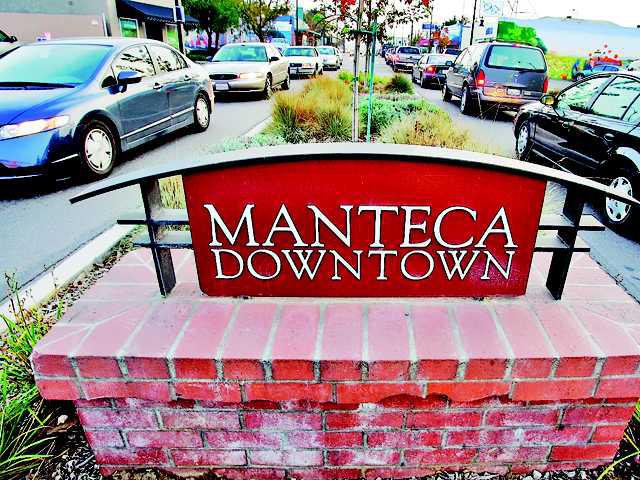Reduced traffic congestion and enhanced driving safety are the goal of two grants for a combined $5.8 million in federal highway safety dollars awarded to Manteca.
It is the third largest grant amount awarded in California behind Los Angeles and Sacramento. The grants require no local matching funds.
One $2.6 million grant is for the replacement of warning and regulatory traffic signs in Manteca that no longer meet the federal standards for retro-reflectivity. The $3.2 million grant is to assess and improve all traffic signals within Manteca’s city limits.
Manteca has roughly 50 intersections with traffic signals in addition to 10 sets of Caltrans controlled intersections on freeway off-ramps as well as two more sets on East Highway 120.
All of the city signals have older controllers that operate independently to direct both traffic and pedestrians. Public Works Director Mark Houghton noted the possibility exists to tie in the city’s systems with those operated by Caltrans to further enhance traffic flow.
New controllers will not only allow the city to sync traffic signals but they will create greater flexibility by being able to program them at a central location to take into account increases in traffic flow.
That means the city will be able to reduce congestion on corridors such as Main Street through downtown, East Yosemite Avenue between Button Avenue and Spreckels Avenue, and elsewhere in Manteca.
“This moves us up with the big boys,” Houghton said of the ability to have flexibility in the synchronization of signals that is typical in cities of 200,000 or more.
In doing so it will help make traffic flow more efficient and also reduce air pollution as idling cars pollute more than those that are moving.
Houghton is hopeful that improved traffic flow will improve safety of both motorists and pedestrians by reducing frustration.
The retro-reflectively of street signs are critical for driver visibility at night. The Federal High Administration notes about half of traffic fatalities occur at night although only about a quarter of all travel takes place between the time the sun goes down and rises again.
Newer standards require signs to have greater reflectivity to bounce back more light from headlights. At the same time, older signs lose their reflectivity over the years.
The design and environmental work for the two projects will take start in the spring of 2016. The actual work will be conducted in 2017.
Houghton credited associate engineer Matiel Holloway for his grant writing that allowed the city to secure the funds.
“Every dollar we get (from the federal government) is a dollar we don’t have to spend locally,” Houghton said.
$5.8M for traffic safety
Manteca lands pair of federal grants





